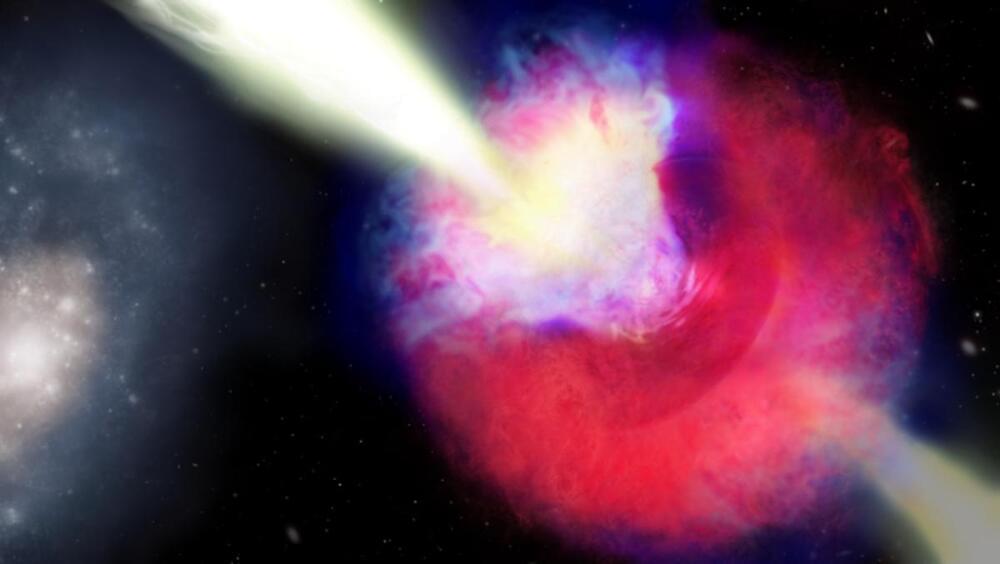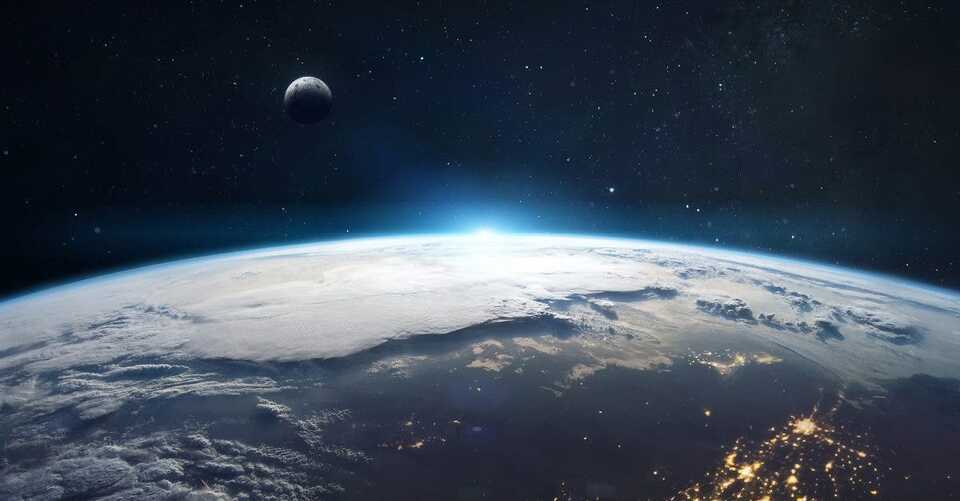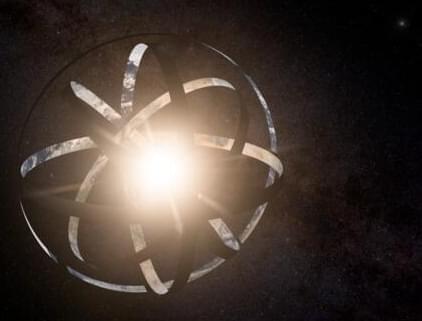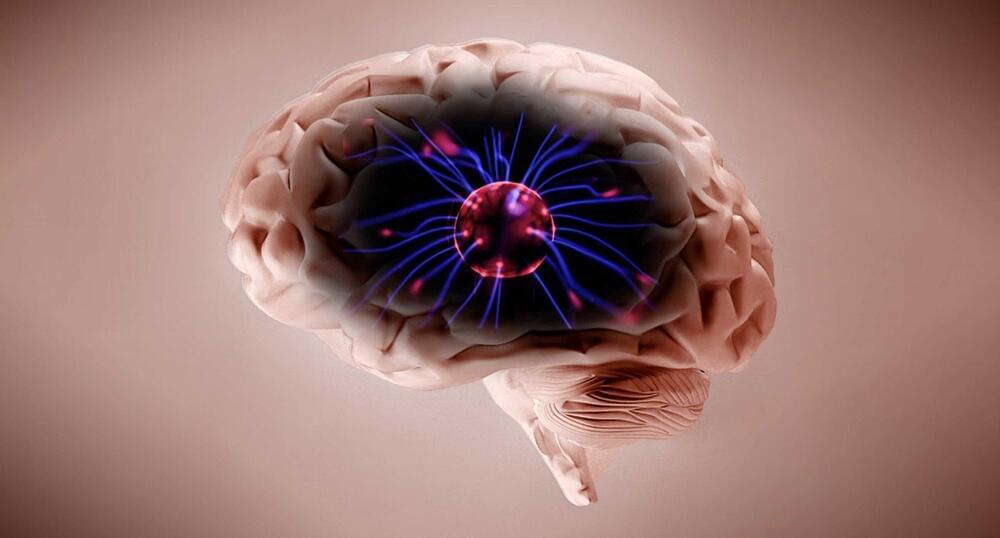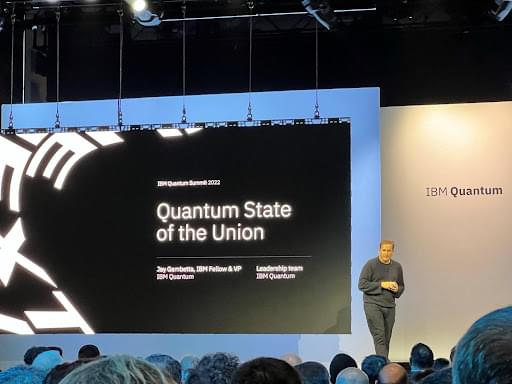And the galaxy from which the GRB came from is also strange. It is young and still forming stars – the opposite of the only other known nearby galaxy that has played host to such an event.
“This event looks unlike anything else we have seen before from a long gamma-ray burst,” said Jillian Rastinejad, from Northwestern University, who led the study. “Its gamma rays resemble those of bursts produced by the collapse of massive stars.
Given that all other confirmed neutron star mergers we have observed have been accompanied by bursts lasting less than two seconds, we had every reason to expect this 50-second GRB was created by the collapse of a massive star. This event represents an exciting paradigm shift for gamma-ray burst astronomy.
